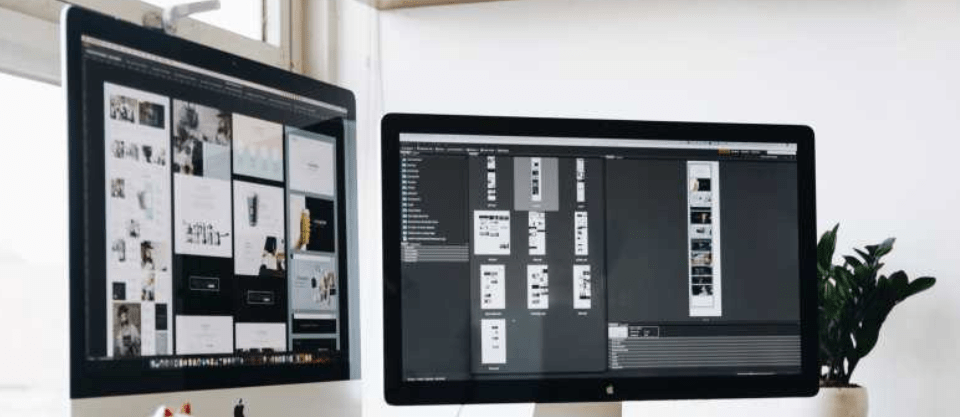
How to Create a Web Design Portfolio From Scratch
What is a portfolio in web design?
Every web designer or graphic designer needs a portfolio website. Your portfolio is the touch point for you as a creative to your potential clients or employers. How else are prospects going to gauge your skill level and creative expertise if you don't have a library of great work pieces that you can refer to and showcase at any moment's notice?
Things to consider before you build a portfolio website:
1. Budget and expertise
The type of website you develop will be relative to your budget. First, you need to determine how much money you want to allocate to website development. In this instance, there are various things you need to take into consideration when making this budget, including your own level of expertise.
Here are a few questions you should ask yourself before deciding on your budget:
What are your development options?
- Code a website from scratch
Ideally, if you know how to code, you have the most freedom to develop your portfolio website any way you would like using the language of your choice.
- Use a web builder
You have a few options here, such as WordPress, drupal, Wix, and Squarespace. Web builders offer stylish templates for creatives to simply plug in and customise the platform to showcase content in a way they find most pleasing. However, web builders are limited in terms of design and layout as some themes and layouts are fixed and only allow you to change colours or preset options so it’s worth taking this into consideration.
- Hire another creative
If you want a custom built website you could hire a fellow creative to build one for you but only do this if you already know exactly what you want.

Will you be the one developing/maintaining the website or someone else?
This is an important process — developing a website can be a straining task. Hiring someone else may not be a bad idea, but only if you have a prototype or wireframe to work from. NB: It’s your website, don't let another person decide what needs to be on it! Take advice but know what and how you want things displayed.
Are you willing to pay for hosting costs?
By knowing what you want your portfolio website to do and look like, you will be able to better negotiate deals with hosting companies. However, it’s still important to find a reputable hosting company that can give you value and help you with your website needs.
Do you want to update the website regularly?
This is often something many individuals and companies forget. Websites are like a store (no one likes a shop that isn’t taken care of!) so don’t neglect the website after it has been developed. Update the website at least biweekly or monthly.
2. What is the purpose of your portfolio?
Once you have decided on the host, and you have a design in mind for your portfolio, you will then need to give your website a goal. Whether it is to gain exposure or to get prospective customers, these are goals that will generate business for you in the future and should be defined in advance.
How to create a web design portfolio
Once you have answered the questions above, it’s time to put the wheels in motion and build your portfolio website by following these steps.
- Choose the right website development route for you.
- Choose a hosting package that fits your budget.
- Choose a unique and relevant domain name.
- Pick a design template or code a structure you love.
- Customise your template design or self-developed website.
- Upload and format your own content to fit your layout.
- Make sure all content is correct e.g. images, links, video, and copy.
- Preview and test your website.
- Publish your website on the internet.
Why you need a portfolio website
1. Exposure
A portfolio is the key to getting you all the work you want and crave. Having a portfolio will also help you alert your prospects as to what type of designer you are. This will also help them understand your style and what you are capable of.
2. Authenticity
A well thought out and structured web portfolio is long-lasting. To achieve an authentic website you need to follow good layout principles (UX/UI), have applied a trending design theme or trend, and populate the website with relevant projects to the industry you're working in (or want to work in).
3. Proof
A web portfolio serves as a form of identity to a creative; kind of like an ID document does to a person. Let’s say your web portfolio is, at this point, developed the way you want and it follows good structure and design aesthetic. All that is left for you as the creative is to show the person viewing your site that you know what you are doing. The way to do this is by having detailed case studies or creative rationale for each project and verbally communicating to your viewer what has been done.
4. Digital playground
This is probably the biggest reason why you should have your own portfolio website. Having your own website will allow you to push the boundaries and create something unique which you can then showcase via a simple link.



